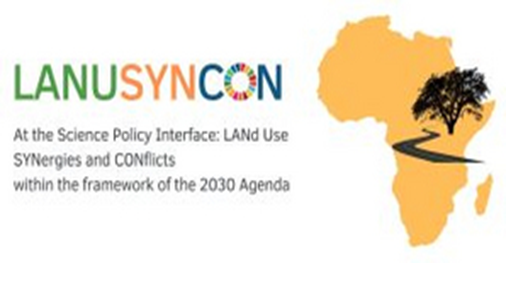Human-wildlife co-existence along Nyerere national park
NAVIGATING THE COMPLEXITIES OF HUMAN-WILDLIFE CONFLICT USING AFRICAN ELEPHANTS AS A KEY STONE STUDY SPECIES.
Welcome to the first edition of our newsletter, dedicated to exploring the theme of human-wildlife coexistence in the Mbarang'andu Wildlife Management Area and the adjacent regions. We are thrilled to embark on this journey, made possible by the generous support of the Bio-Bridge Initiative. Our aim is to address the critical issue of human-wildlife conflict and present innovative solutions that promote harmonious coexistence. In this edition, we present engaging narratives, research advancements, and practical advice to effectively mitigate this complex challenge.
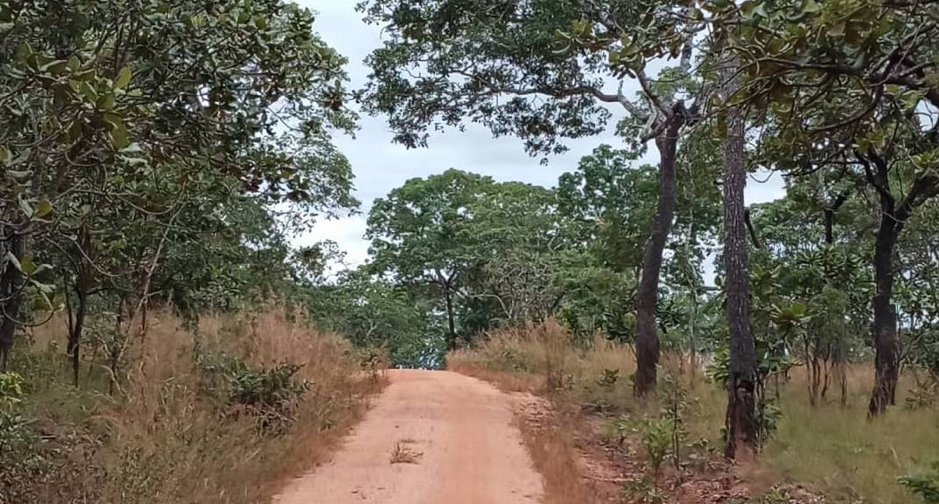
Understanding Human-Wildlife Conflict
Human-wildlife conflict emerges when human interests and wildlife needs collide, causing detrimental outcomes for both parties involved. Imagine a scenario where expanding urbanization encroaches upon wildlife habitats, compelling animals to venture into human settlements, causing property damage, crop destruction, and even endangering human lives. This multifaceted issue requires immediate and concerted efforts to address.
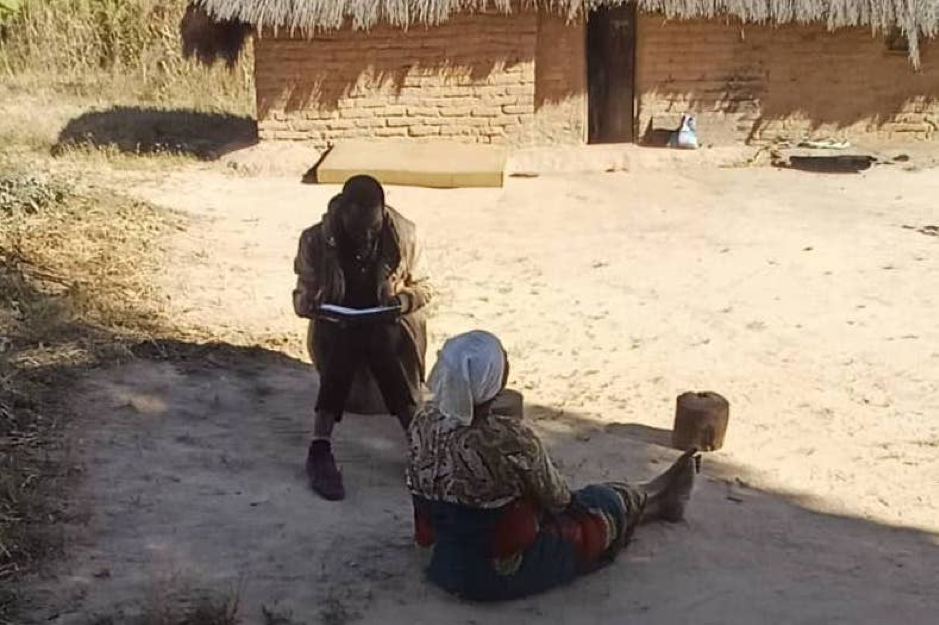
Success Stories: Inspiring Change
Amidst this challenge, we are delighted to share inspiring success stories that have emerged. Allow us to introduce you to the Mbarang'andu Wildlife Management Area (WMA) and its surrounding seven villages, where a holistic approach has been adopted. By actively involving local communities, conservation organizations, and government agencies, this initiative aims to learn, collaborate, and implement effective strategies to foster harmonious human-wildlife coexistence.
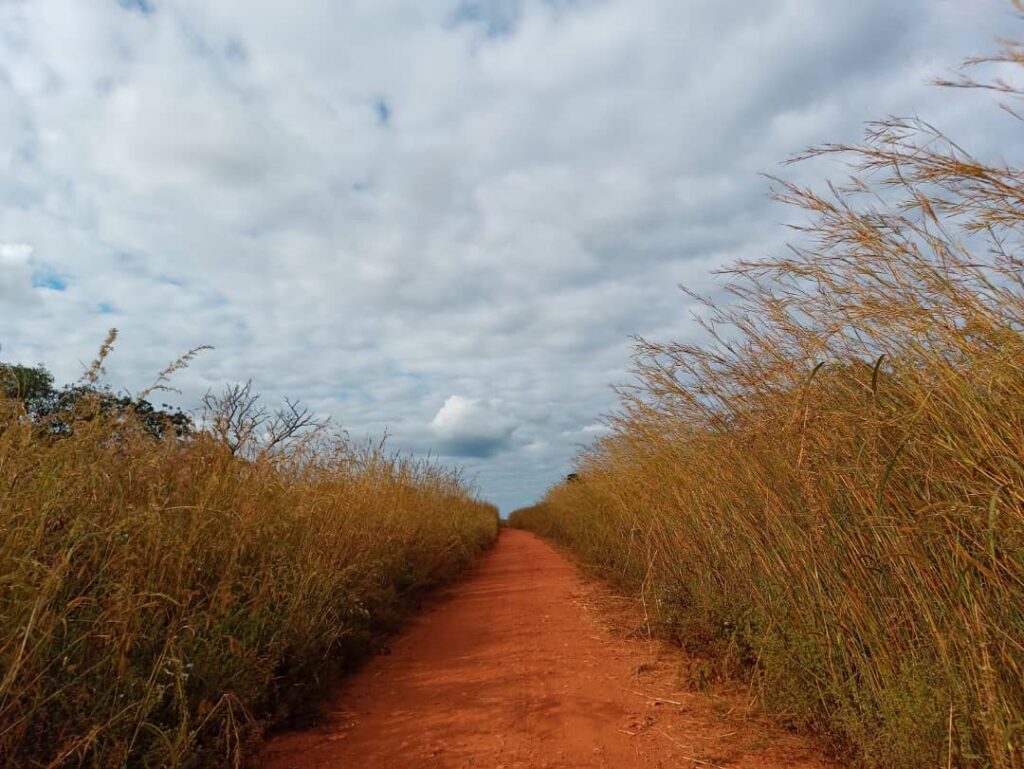
Latest Research and Developments
Recent advancements in the field of human-wildlife conflict management have highlighted an important oversight in data collection. Until now, documentation on human-wildlife conflict has predominantly focused on certain species, neglecting the inclusion of vital data on other species such as wild pigs, yellow baboons, Vervet Monkeys, Blue Monkeys and birds.
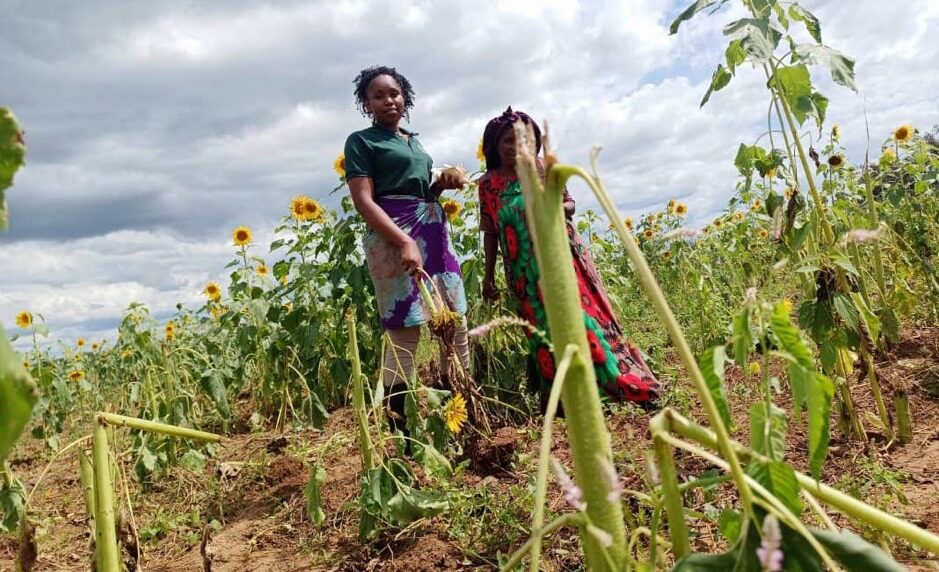
One particular challenge that has been identified is the nocturnal raiding behavior of elephants (see image below), which leads to significant and irreparable losses. This necessitates communities to remain vigilant in their farms during both daytimes to protect crops from primates and nighttime to ward off elephants. Unfortunately, these encounters with elephants have resulted in injuries and, tragically, even loss of life.
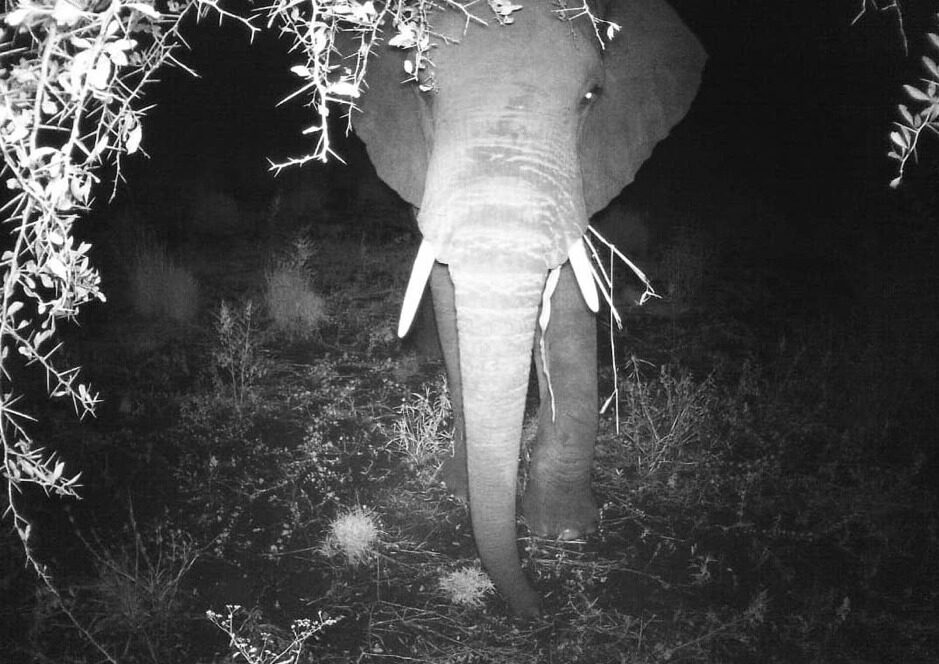
To address these issues, several initiatives have been undertaken. Three beehive fences, consisting of 10 beehives, have been strategically placed to deter wildlife from entering farmlands. Furthermore, education programs have been implemented targeting primary and secondary school students. In the next phase, a workshop involving various stakeholders, night cinema projections, and ongoing environmental education will be conducted.
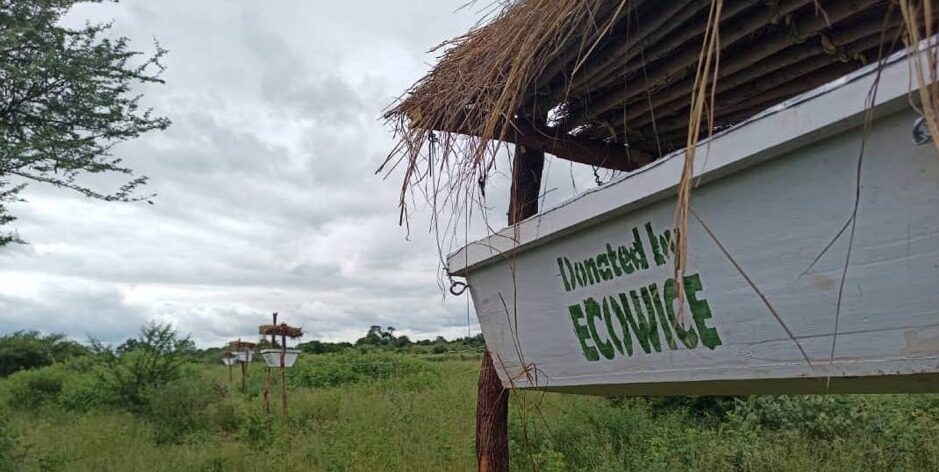
We are committed to providing you with comprehensive updates on the complete report and effective strategies that will be implemented to mitigate this problem and foster peaceful coexistence between humans and wildlife.
Conservation Organizations Making a Difference
In this edition, we turn our attention to other extraordinary organizations that are devoted to tackling human-wildlife conflict head-on. One such organization is the World Wildlife Fund for Nature (WWF), which has been instrumental in demarcating and closely monitoring species within the Selous Niassa Corridor. Their tireless efforts contribute to the preservation of biodiversity and the restoration of harmonious relationships between humans and wildlife.
Additionally, we highlight the crucial role played by the management of the Wildlife Management Area (WMA). They are actively engaged in empowering local communities and promoting sustainable livelihoods that coexist harmoniously with the surrounding wildlife. Our efforts and their efforts on community-based projects will make a tangible difference in mitigating human-wildlife conflict.
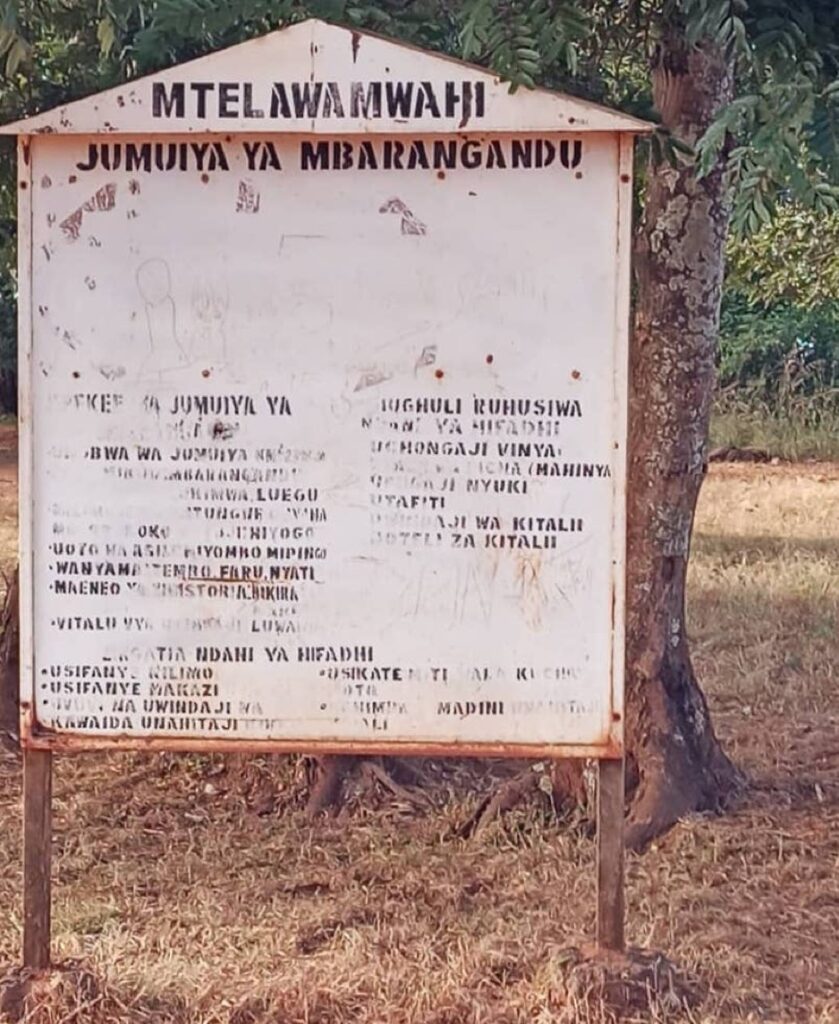
You too can become a part of these remarkable initiatives by supporting our efforts or getting involved in their community-based projects. By joining hands, we can collectively contribute to the protection of wildlife and the well-being of both humans and animals in the region.
Tips for Coexistence
We firmly believe in the influence of individual action. In this section, we offer practical suggestions to foster a harmonious coexistence between humans and wildlife. These tips encompass a range of actions, from constructing wildlife-friendly fences to raising awareness among communities and implementing strategies to address conflicts with other animals, such as primates, birds, and wild/bush pigs. Our approach emphasizes the integration of scientific knowledge and insights from local communities to identify simple yet impactful steps that can significantly reduce human-wildlife conflicts and promote a state of harmony. By combining the strengths of scientific research and community wisdom, we aim to facilitate effective human-wildlife coexistence in practical and achievable ways.
Reader Corner: Your Stories and Questions
We value your input and encourage you to share your personal experiences, success stories, or any questions you may have regarding human-wildlife conflict. Selected stories will be featured, and our experts will provide insights and answers to your queries in upcoming newsletters. Together, we can foster a community that actively strives to find sustainable solutions.
Thank you for embarking on this journey with us to address human-wildlife conflict. Through our collective efforts, we can create a future where humans and wildlife coexist in harmony. Stay tuned for our next edition, where we will delve into innovative conservation practices that transcends from local to global.
We express our gratitude to the Bio-Bridge Initiative for turning this dream into a reality.
We hope for a world where wildlife thrives and communities live in peace.


